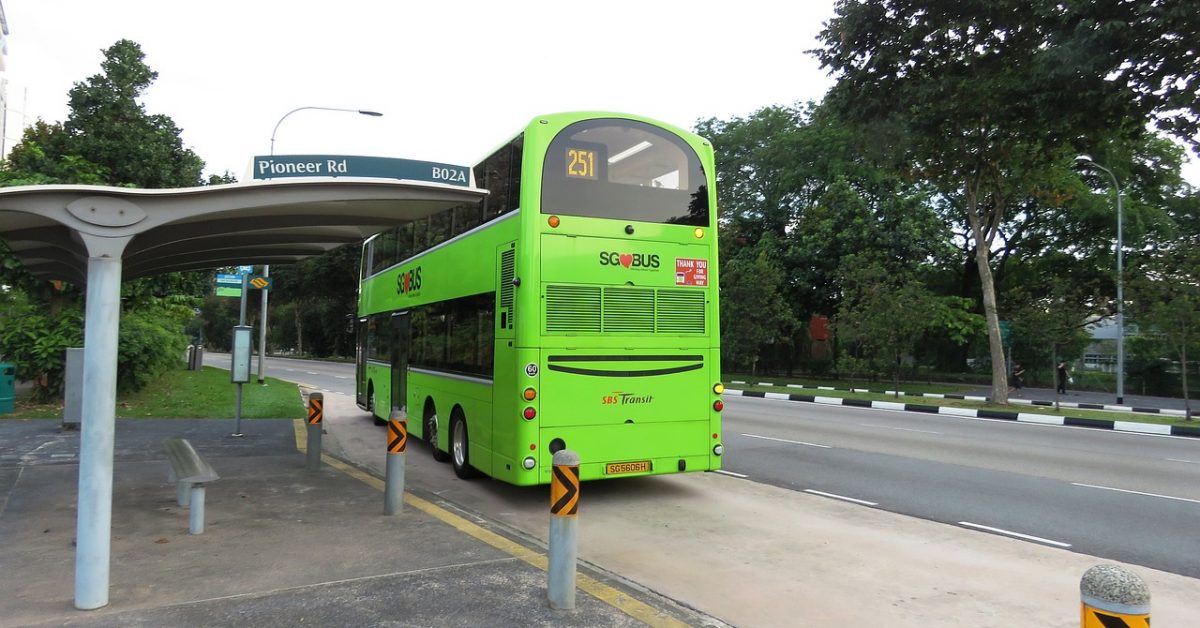
- Singapore’s integrated fare structure promotes convenience and affordability for commuters across various modes of transport.
- Continuous infrastructure upgrades, including expanding the rail network, enhance the efficiency of Singapore’s transit system.
- Emphasis on accessibility and inclusivity ensures that all members of society can navigate the transit system comfortably.
- Sustainable transport initiatives, such as promoting active mobility and investing in electric vehicles, reduce carbon emissions.
- Innovation and technology integration, like smart ticketing systems and real-time analytics, optimize transit operations for reliability and efficiency.
Singapore, renowned for its efficiency and innovation, stands as a global model for transit systems. In a bustling metropolis where every minute counts, quality and affordability in transportation are paramount. With a commitment to providing seamless mobility for its residents and visitors alike, Singapore has implemented various strategies to ensure its transit system remains world-class. Read this article and delve into five key ways Singapore advocates for quality and affordability in transit.
1. Integrated Fare Structure
Singapore’s integrated fare structure is a cornerstone of its transit system, ensuring commuter convenience and affordability.
Comprehensive Fare System
Singapore’s fare system integrates various modes of transport, including buses, trains, and even certain taxis and private hire services. This integration allows commuters to transfer seamlessly between different modes of transport without incurring additional costs, promoting the use of public transportation and reducing congestion on roads.
Distance-Based Fare Calculation
The fare calculation in Singapore is distance-based, meaning that commuters only pay for the distance traveled. This fair pricing model ensures that individuals are not overcharged for short trips, making public transport an attractive option even for short distances.
2. Continuous Infrastructure Upgrades
Singapore is constantly upgrading its infrastructure to enhance the quality and efficiency of its transit system.
Expansion of Rail Network
The Mass Rapid Transit (MRT) system, operated by SMRT Corporation, is the backbone of Singapore’s public transport network. Singapore continually expands this network, adding new lines and stations to serve growing communities and improve connectivity. These expansions reduce travel times, increase accessibility, and alleviate congestion on existing lines.
Upgrading Existing Facilities
In addition to expanding the network, Singapore also focuses on upgrading existing facilities to enhance the commuter experience. This includes upgrading stations with barrier-free access, improving signage and information systems, and implementing technology-driven solutions to streamline operations and improve efficiency.
3. Emphasis on Accessibility and Inclusivity
Singapore strongly emphasizes ensuring that its transit system is accessible to all members of society, regardless of age or ability.
Barrier-Free Access
All MRT stations and many bus stops in Singapore are equipped with barrier-free access features such as ramps, elevators, and tactile guidance systems for visually impaired individuals. These measures ensure that commuters with disabilities can navigate the transit system independently, promoting inclusivity and equality.
Priority Seating and Facilities
Singapore’s public transport system also provides priority seating and facilities for elderly passengers, pregnant women, and individuals with disabilities. These designated areas ensure that vulnerable commuters can travel comfortably and safely, demonstrating Singapore’s commitment to serving diverse needs within the community.
4. Sustainable Transport Initiatives
Singapore is dedicated to promoting sustainable modes of transport to reduce carbon emissions and mitigate the environmental impact of urban mobility.
Encouraging Active Mobility
Singapore actively promotes active modes of transportation, such as walking and cycling, by developing pedestrian-friendly infrastructure and implementing cycling paths and park connectors. By encouraging these sustainable modes of transport, Singapore reduces reliance on motor vehicles, alleviates traffic congestion, and contributes to a cleaner environment.
Investment in Electric and Hybrid Vehicles
In addition to promoting active mobility, Singapore is investing in electric and hybrid vehicles to reduce emissions from public transport. Initiatives such as introducing electric buses and electrifying taxis contribute to Singapore’s goal of building a greener and more sustainable transit system.
5. Innovation and Technology Integration
Singapore embraces innovation and technology to enhance its transit system’s quality, efficiency, and affordability.
Smart Ticketing Systems
Singapore’s smart ticketing systems, such as the contactless EZ-Link card, enable seamless and convenient payment for public transport services. These systems not only simplify the commuting experience but also facilitate fare integration across different modes of transport, making public transit more affordable and accessible to all.
Real-Time Information and Analytics
Singapore leverages real-time information and analytics to optimize transit operations and improve service reliability. By monitoring passenger flow, analyzing data, and deploying resources efficiently, Singapore ensures that its transit system operates smoothly, minimizing commuter delays and disruptions.
Singapore’s commitment to quality and affordability in transit is evident through its integrated fare structure, continuous infrastructure upgrades, emphasis on accessibility and inclusivity, sustainable transport initiatives, and embrace of innovation and technology. By prioritizing the needs of commuters and investing in a world-class transit system, Singapore sets a benchmark for urban mobility that cities around the globe can aspire to emulate. As Singapore continues to evolve and innovate, its transit system will undoubtedly remain a shining example of excellence for years to come.


